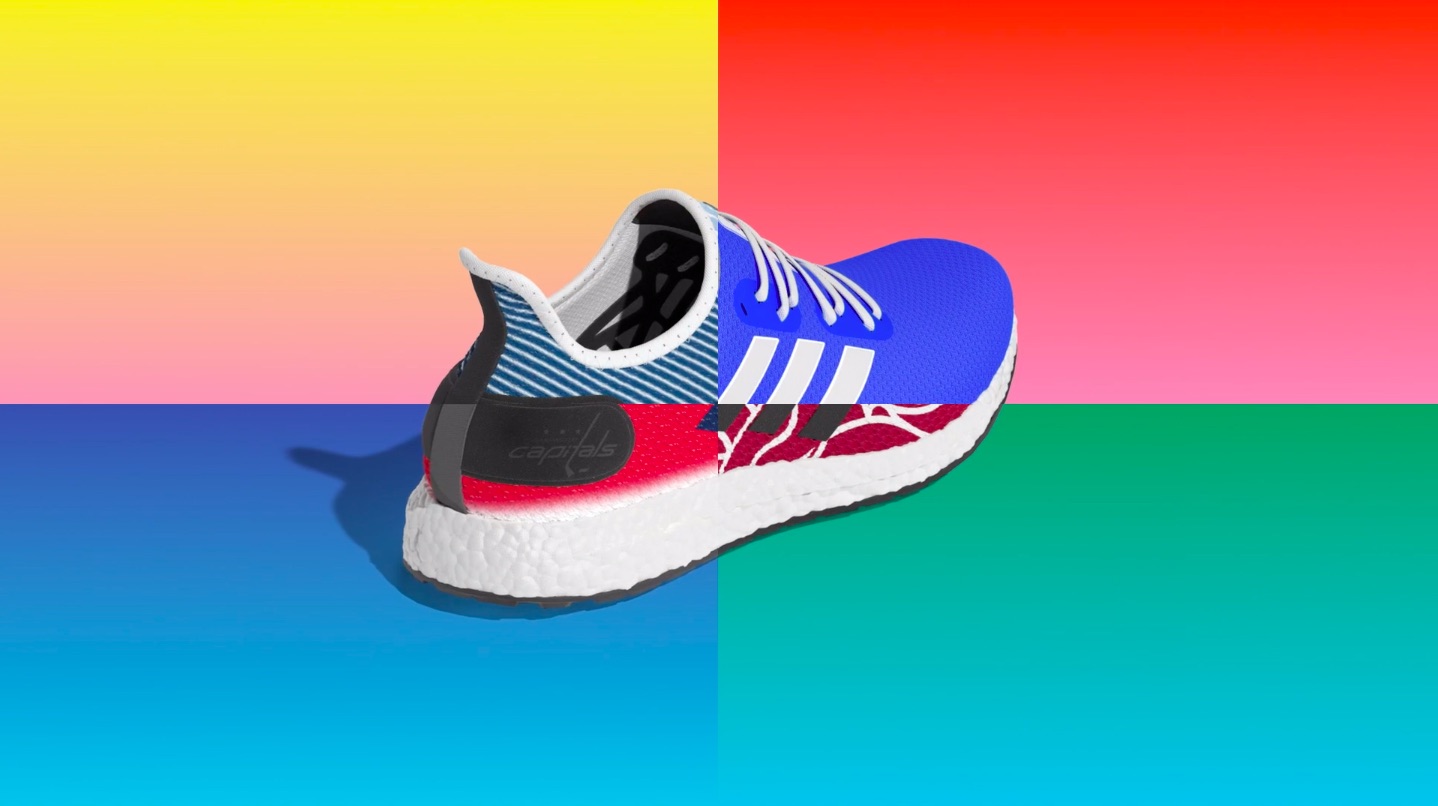CGI production pipeline fundementals
Render, animate, rinse and repeat
The more you use CGI the more it becomes important to understand how to work efficiently. “Everything is possible” is a usual refrain. But what does that really mean? How can you be certain that you are maintaining the necessary quality across all outputs? To what extent is your production process flexible to change? Is there any such thing as agile CGI production pipeline? In some ways, the creation of a CGI asset is a rigid process with distinct steps. Modelling followed by render followed by animating, rinse and repeat. That’s great for when you know what you want and need it done multiple times. However, despite thorough planning, there are always last minute changes or adjustments, missing data or inconsistent outputs. Issues common to any supply chain. In some ways, scaling up from 1 to X is more challenging than just getting that CGI image to look just right.
When it comes to manufacturing products with hard surfaces, chances are computer aided design (CAD) figures prominently in the process of getting a product to market. The shift to digital is well understood. Recently however, other industries such as fashion are looking to affect the same efficiency gains with their production process. With that shift comes the natural desire to better integrate digital manufacturing assets with an increasingly rich content hungry and individually targeted marketing strategy.
Chances are that your digital asset or CAD file will be in a format unsuitable for consumption downstream in the marketing asset creation pipeline. Whether it’s the refinement of surface edges or the stripping of superfluous parts, care must be taken to balance design intent with render efficiency. Even powerful render engines, like those powering the latest game consoles, are better served by a well optimised model. As such, things like consistent model grouping and naming conventions are critical for creating repeatable refining processes, the building blocks of standardisation. Once elements in the pipeline are standardised, the road is effectively paved for automation and other process benefits.
Successful CGI requires transparency
When creating CGI marketing content, transparency in every step of the production process is key. That means having a clear understanding of what you’re getting before you get it. Having that understanding does rely a fair bit on pre-visualisation. Pre-vis comes in many forms; storyboards, animatics, style frames and release candidates all aim to provide a window on what is ostensively a black box, time and labour intensive process. Each step is designed to facilitate change and mitigate the need for costly “reshoots”.
Basically a rudimentary representation of the scene, animatics used in animation production are basic shaded previews of camera angles and motion without committing to a time consuming render. As CGI lighting isn’t as interactive as it should be, the lighting set-up generally tends to be determined at this stage. Depicting textures and final rendering effects are also time consuming so style frames are often generated to “set the mood” and provide an advanced flavour of what to expect. The order of these steps don’t vary greatly from production to production and sometimes get overlooked. They are critical, however, to avoid costly overruns and unforeseen time delays.
As the CGI production process requires clear planning to achieve predictable results, communication is key. Both in setting expectations and providing timely feedback. We engage our clients early and often, setting milestones and timelines that foster ownership and engagement. We’ve invested in tools that streamline feedback loops and create a traceable record of what’s been decided. Greater transparency of all the steps of the process leads to more successful CGI. And anything worth doing is worth repeating.
Talk to us
For both strategic advice as well as on-the-ground implementation, work with the team that knows how to scale up the creation of visual content, from simple product images to fully interactive applications. Want more articles like these? You can sign up to our newsletter or follow us on Twitter @INDG


